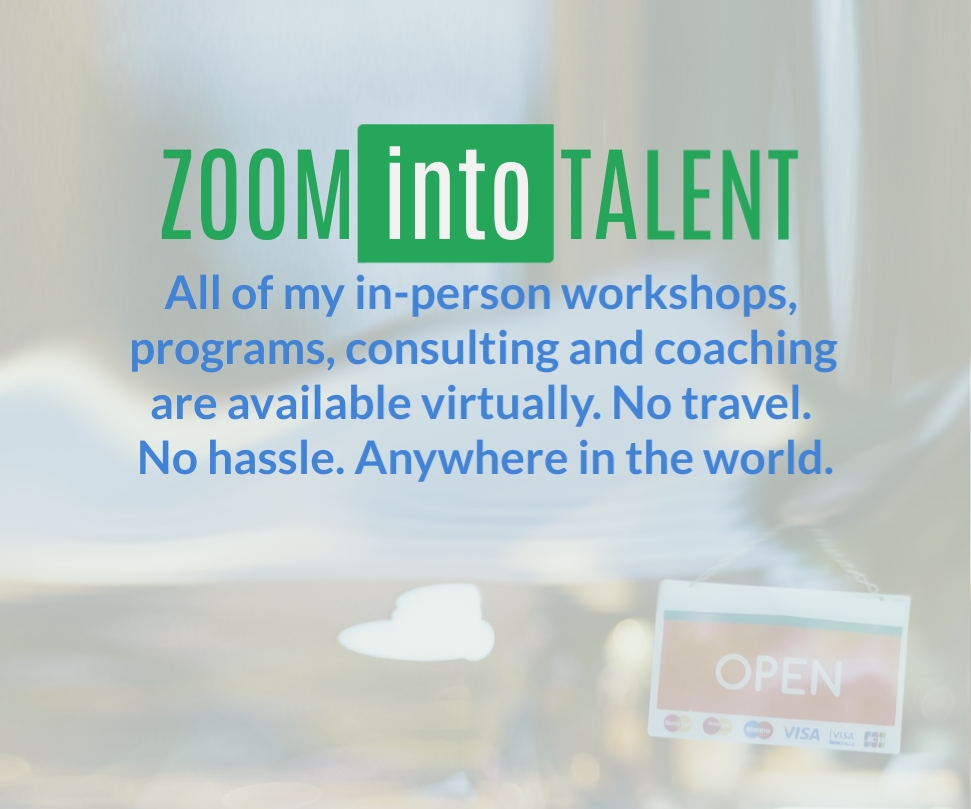Learner-centered learning is key to effective workplace learning and talent development. However a lot of learning experiences are designed around the topic. And more often than not they’re designed around the instructional designers understanding of the topic, after having done a task or job analysis.
There’s nothing wrong with a task analysis. In fact, it’s a critical step in the design process. But being wedded to that analysis causes problems when we consider how the brain builds learning. People learn by drawing on existing knowledge and experiences.
How can we be sure the knowledge the instructor has built from the task analysis corresponds to the same or even similar knowledge experiences the learner uses to make sense of it? We can’t.
Learner-Centered Learning is About the Learner’s Memories
So to be truly effective, we need to design learning in a way that allows the learner to pull on relevant memories or experiences and then find their way to the topic. This will speed up learning. It will help reinforce it. And it will make it more relevant.
OK – maybe we’re getting too much into brain theory and cognitive psychology. (You can read about mental models and the way the brain processes and remembers stuff elsewhere.) Learned-centered learning has one more benefit on top of the fact it works well with brain-based approaches to learning.
Learner-centered learning is personal and relevant. And that’s hard to beat, especially as it’s one of the core principles of adult learning theory.
3 – 3 – 3
There are many ways you can be truly learner-centered in your practice as a learninr and talent professional. If you have a spare moment, it’s worth brainstorming some to incorporate in your physical or virtual classroom, or online environment. In the meantime, this infographic captures 9 to get those creative juices flowing. 3 tips for physical classrooms. 3 tips for virtual classrooms. And 3 tips of online learning.











Comments are closed.